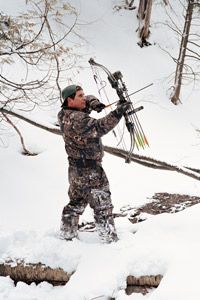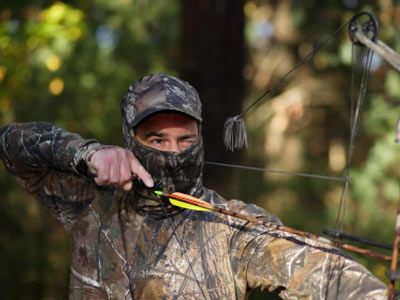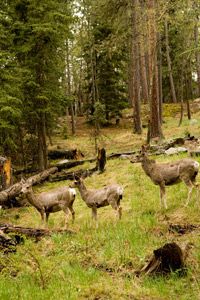You'd think that something called "still hunting" would mean hunting from a still, stationary position. Not quite. Unlike many hunters who sit in tree stands for game to come around, still hunters are expert trackers who don't sit still at all. They prowl like animals and stalk their prey through the thick undergrowth in woods, overgrown fields, river bottoms and marshes. They walk very slowly, use the wind to their advantage and blend into the environment.
The name instead comes from the slow, deliberate movements that still hunters make. Walking in this sport is nothing like hiking. When the hunters walk, they place each footstep carefully to avoid snapping twigs or crunching leaves, but the reality is you can't be absolutely silent. There are all sorts of noises in the woods, and the key to still hunting is how you deal with the noise. Each step is precise: Still hunters alternate between taking one to two steps and 30 second observational pauses. Still hunters spend 90 percent of their time watching and listening [source: Gnatkowski]. With that kind of pace, a hunter may cover no more than 100 yards (91 meters) in an hour [source: Licata].
Advertisement
What are hunters looking for during all that time? Signs of life, animal tracks, bedding, an outline of an animal or even just an ear or antler. They may spy movement. This information is key to a successful hunt, and with it, expert still hunters may find themselves within 30 yards (27 meters) or less of the kill. Think of that in football terms -- a football field is 120 yards long and the end zone is 10 yards deep. Still hunters go one on one with an animal in an area not much bigger than the end zone.
A successful still hunt requires focus on and off the field and considerable preparation. Next we'll learn about the art of scouting, still-hunting gear and the right conditions for a still hunt.
Advertisement




